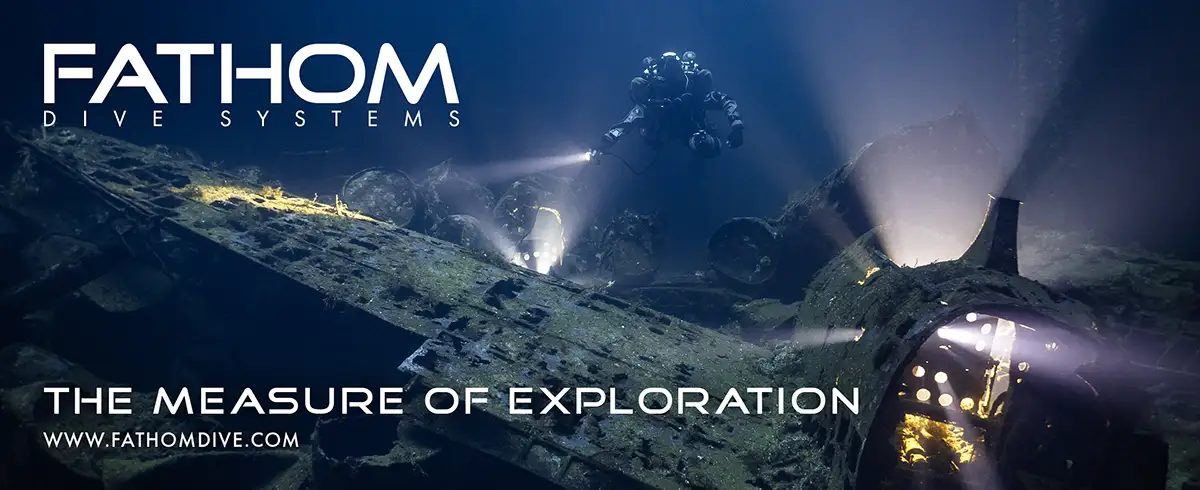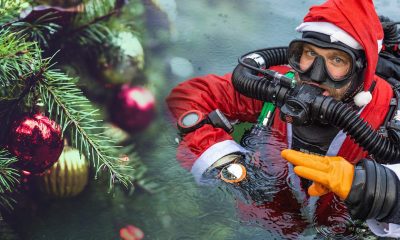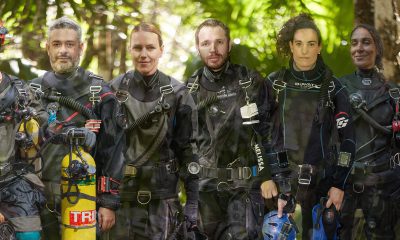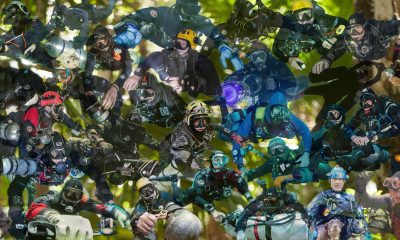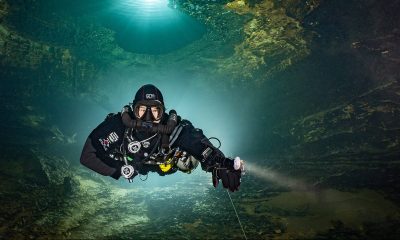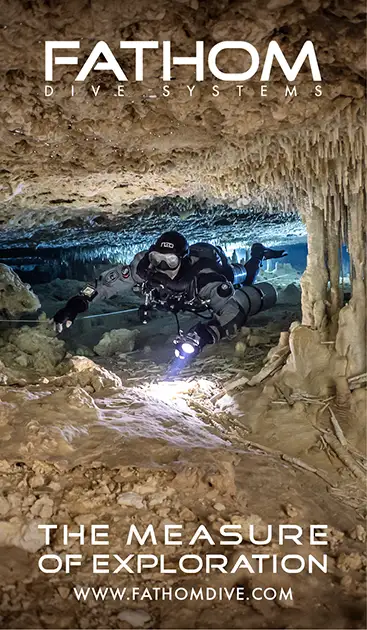Community
The Who’s Who of Sidemount
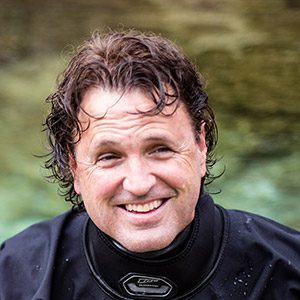
Brett B Hemphill
Brett B Hemphill is a cave explorer who has assisted in exploring, mapping, and documenting many of the deepest, longest, and most unique, underwater cave systems in the US, Bahamas, Dominican Republic and Mexico for more than 30 years. He was an early pioneer of sidemount diving and developed the Armadillo sidemount system. He is also the current president of Karst Underwater Research (KUR) foundation and a Divesoft Ambassador. He consults and designs underwater cave equipment for exploration use.
What is sidemount to you?
The search for undiscovered submerged caves is often more challenging than the exploration itself. Within several years of finishing my standard cave diving training, my desire to find and explore underwater caves was insatiable. Sidemount configuration was already something I was intrigued by and soon experimenting with. In the early 1990’s several unexplored caves were discovered near Florida’s central coast. Side-mounting became logistically necessary for surface equipment transport to these remote locations as well as exploring smaller underwater passages in these new systems. The configuration was more than a tool, it was a necessity.
It is said, “the commercialization of a product or training can dilute quality.” The physical and mental correlation between backmount and sidemount are so drastically different, that it’s difficult to convey or comprehend. The rigid connection of doubles mounted to one’s back, versus the secure but unconfined connection of cylinders clipped to a divers hips and torso are simply not comparable. Although there are similar rules, and applications between the two, the discipline of sidemount cave diving and its instruction, should be considered to be a completely different animal. The most prominent difference between these two methods is that a sidemount diver must have ability to analyze the reducing size of an approaching environment, and know how they are going to exit and what they might have to do to their equipment and bottles in order to do so.
What can be improved with sidemount in general?
Although sidemount designs were available in the early 1990’s I experienced repetitive issues while using these early configurations. While backing out of passages too small to turn around in, the rear of my cylinders would lift up and hit the ceiling and trap me. Instead of abandoning potential exploration in these types of cave environments, I decided to make design adaptations to my sidemount rig by shortening the rear connection point and creating an attachment point lower than my waist.
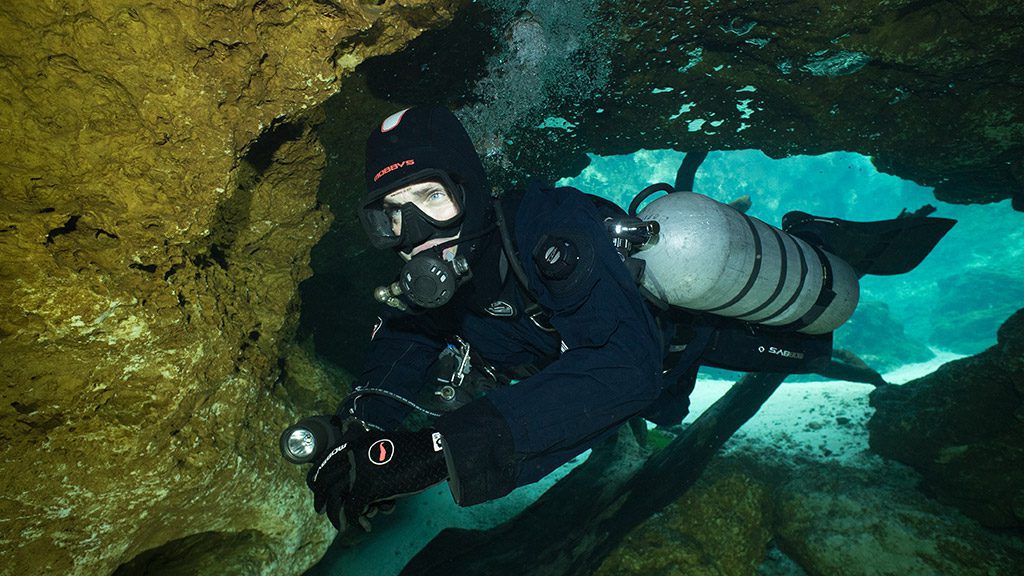
Was that the bungee that changed sidemount forever?
Having a properly sized and functional top cylinder bungee connection is pertinent. Self rescue scenarios including navigating restrictive areas can often rely completely on divers ability to comfortably use this attachment point. When a sidemount cave diver begins moving into an increasingly restrictive environment, it is important for their redundant cylinders to be reliably connected but also be slightly movable. This non rigid, detachable configuration, allows the diver to move into restrictive underwater environments. During this process sidemount divers should always be able to reach the connection points of their harnesses. If the restrictive environment has become too small for them do so, they’ve made a grave mistake.
Is there an application for sidemount in deep caves? Is it possible?
Form follows function: Standardized equipment configurations often need small adaptations to more effectively explore extreme environments, above or below the water. Florida’s Karst Underwater Research (KUR) was one of the first organizations to utilize the sidemount configuration for large steel cylinders, in conjunction with a back-mounted rebreather for deep cave exploration. In 2005, it was an acceptable practice in the industry to simply stage cylinders when using a back-mounted CCR. Realizing that we could decrease our overall profile as well as DPV drag, while increasing the mobility of their arms, KUR divers designed and implemented a functional sidemount attachment to their harness backplate systems. Having large redundant diluent cylinders in sidemount, also allowed divers to replace one of the CCR back mounted cylinders for dry suit use. This system is currently still being utilized.
Return to: The Who’s Who of Sidemount
DIVE DEEPER
Divesoft Talks: Brett Hemphill – Underwater explorations with Karst Underwater Research
Advanced Diver Magazine: Armadillo Sidemount Rig (2002) by Brett Hemphill
Therebreathersite.nl: Armadillo Sidemount











